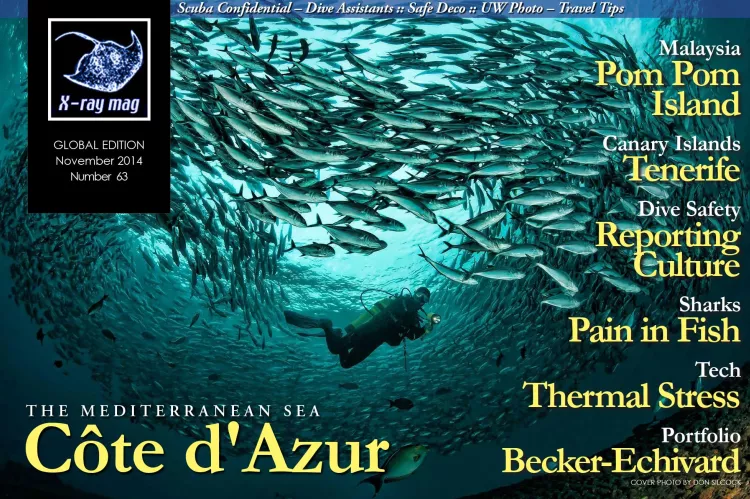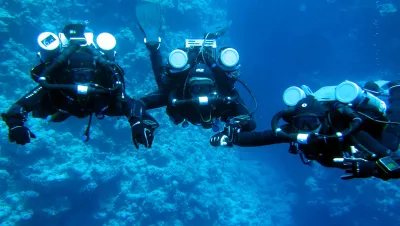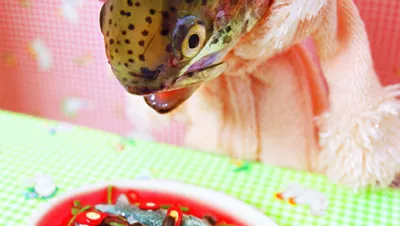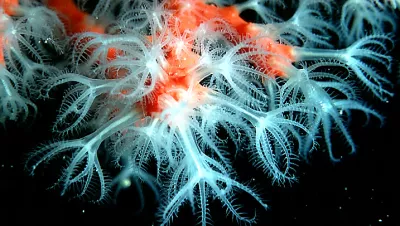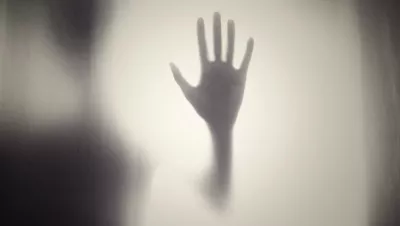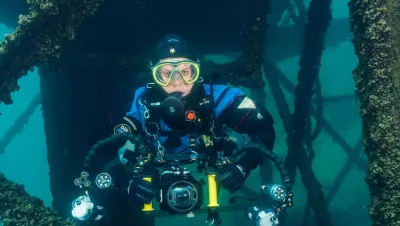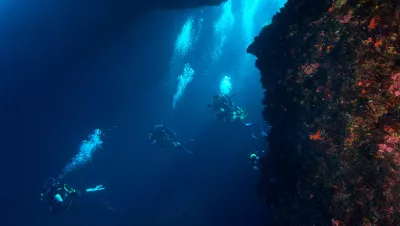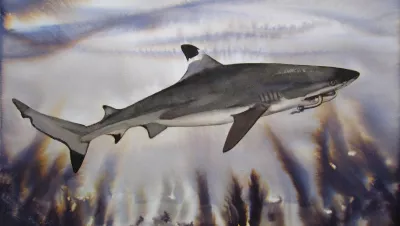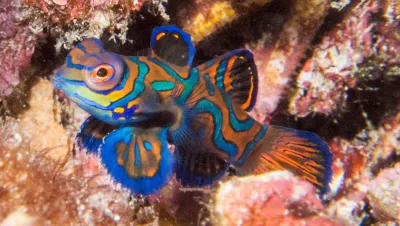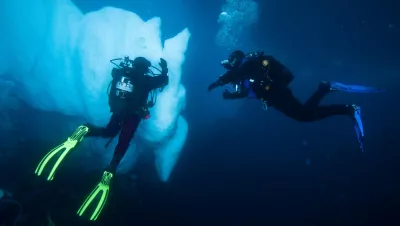It was Dr Lynne Sneddon, at the University of Liverpool, who proved scientifically that fish feel pain and suffer. Her team found 58 receptors located on the faces and heads of trout that responded to harmful stimuli. They resembled those found in other vertebrates, including humans. A detailed map was created of pain receptors in fishes' mouths and all over their bodies.
The experiment involved the injection of acetic acid, bee venom, or saline solution as a control, into the lips of trout, and those injected with the noxious substances responded with symptoms of pain, while the behaviour of the control group was unchanged. A morphine injection reduced these symptoms.

